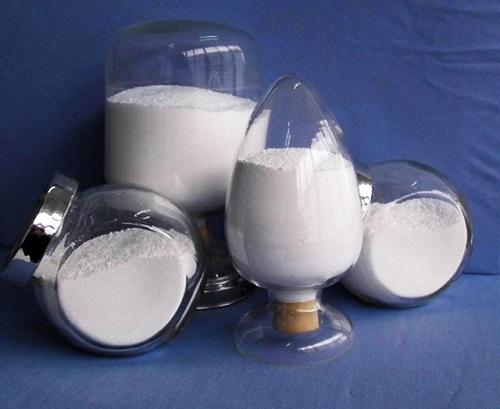For the dispersant to produce effective dispersion, the firm adsorption of the dispersant on the pigment is crucial Importantly, this process is related to the structural composition of the pigment. Inorganic pigments have an ionic structure and high polarity, so the adsorption of dispersants is relatively easy. Organic pigments (including carbon black) are crystals composed of non-polar molecules with low polarity. It is quite difficult for low molecular weight dispersants to adsorb on the surface of such pigments. As a result, this type of dispersant has a negative impact on organic pigments and The deflocculation and stabilization effects of carbon black are insufficient. This problem was not solved until the emergence of high molecular weight polymer-based wetting and dispersing agents.

High relative molecular weight dispersants. These additives are also called hyperdispersants and are the mainstream products of modern dispersants. As mentioned before, the low dielectric constant of the medium in solvent-based coatings prevents the electrostatic repulsion mechanism from functioning. In order to stabilize the dispersion of pigments, especially organic pigments and carbon black, dispersants with high relative molecular weight must be developed to make steric hindrance the main mode of action. Generally speaking, there are three types of hyperdispersants:
Characteristics and functions of ink wetting and dispersing agents, use wetting and dispersing The agent reduces the time and energy required to complete the dispersion process, stabilizes the pigment dispersion that needs to be dispersed, grinds and disperses the surface properties of the pigment particles, and adjusts the mobility of the pigment particles.
The selection of wetting and dispersing agents is simply a choice of two aspects: the type and dosage of the dispersing agent . Among them, the former is the difficulty in selecting dispersants. The selection of dispersant varieties must first meet two basic requirements, that is, the dispersant is compatible with the applied system and the dispersant has the ability to disperse the pigment types to be dispersed. Secondly, the type of dispersant should be able to meet specific performance requirements. Only after we understand the basic classification of dispersants can we screen the correct dispersant varieties faster and better.



 微信扫一扫打赏
微信扫一扫打赏
